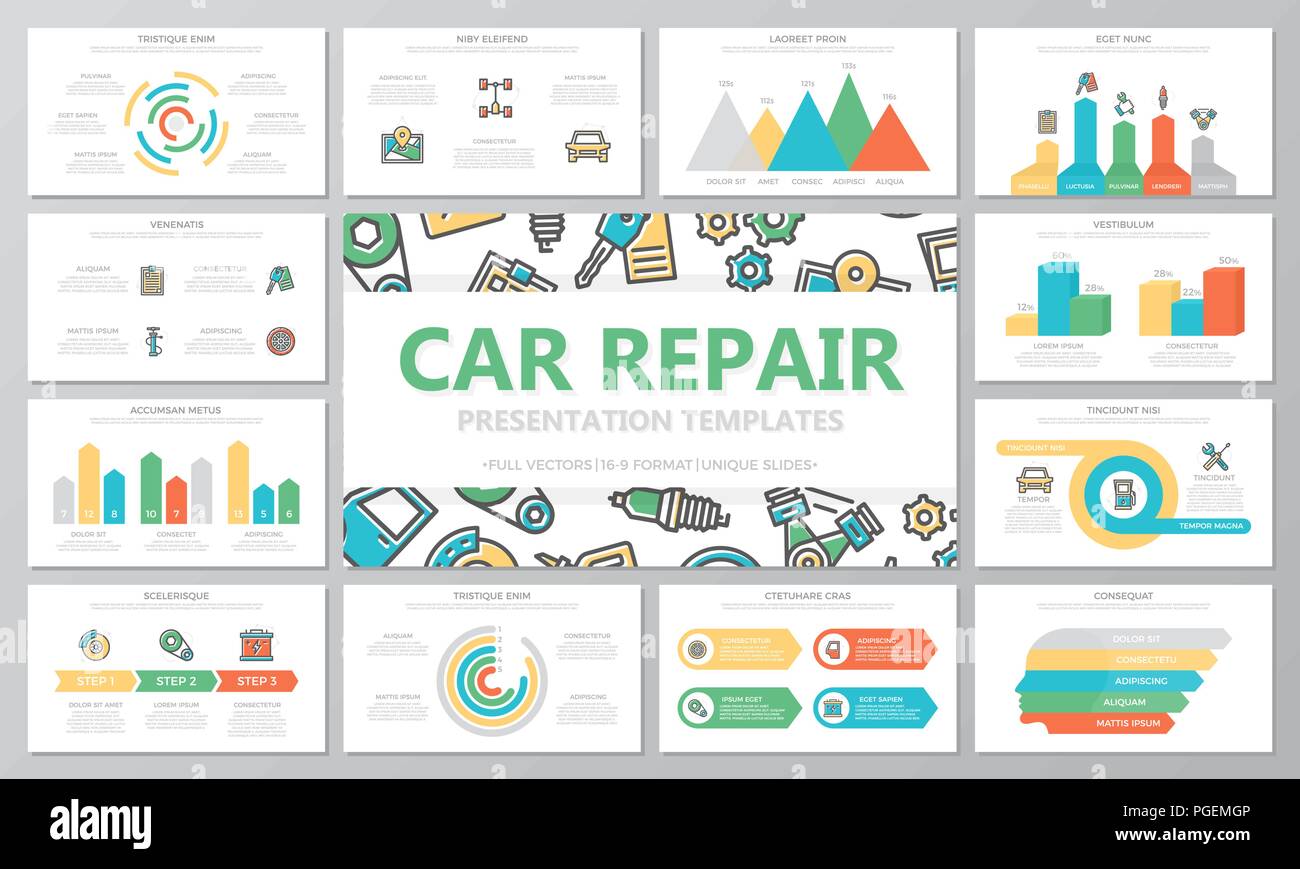Wondering Regarding The Significance Behind Those Control Panel Caution Lights? Gain Understandings Right Into Their Ramifications For Your Automobile'S Safety And Security And Upkeep
Wondering Regarding The Significance Behind Those Control Panel Caution Lights? Gain Understandings Right Into Their Ramifications For Your Automobile'S Safety And Security And Upkeep
Blog Article
Posted By-Samuelsen Shepherd
When you're behind the wheel, those radiant warning lights on your dashboard can be a bit puzzling. Do you know what they're attempting to tell you about your auto's wellness? Recognizing the value of these lights is essential for your security and the long life of your automobile. So, the next time one of those lights appears, would not you want to analyze its message properly and take the required steps to resolve it?
Common Warning Lighting and Interpretations
Identify common warning lights in your auto and comprehend their definitions to make sure secure driving.
The most regular caution lights include the check engine light, which signifies issues with the engine or exhausts system. If this light begins, it's vital to have your lorry examined without delay.
The oil stress cautioning light shows reduced oil stress, calling for prompt interest to avoid engine damages.
A blinking battery light might recommend a faulty charging system, possibly leaving you stranded otherwise resolved.
The tire stress surveillance system (TPMS) light signals you to reduced tire pressure, affecting automobile security and gas efficiency. Overlooking this could cause unsafe driving problems.
https://brakeshopnearme29406.blog5star.com/32553245/assess-your-lorry-s-requirements-to-discover-the-best-auto-describing-service-for-you-yet-which-variables-will-genuinely-affect-your-choice suggests an issue with the anti-lock braking system, jeopardizing your capability to stop quickly in emergencies.
Last but not least, the coolant temperature level alerting light warns of engine overheating, which can lead to extreme damages if not solved quickly.
Recognizing these usual caution lights will certainly aid you deal with problems promptly and keep risk-free driving problems.
Value of Prompt Attention
Comprehending the common warning lights in your car is only the first step; the value of immediately addressing these cautions can't be highlighted enough to guarantee your safety and security when driving.
When a warning light illuminates on your control panel, it's your cars and truck's method of interacting a prospective issue that needs interest. Neglecting these cautions can cause a lot more serious troubles later on, compromising your safety and possibly costing you a lot more in repairs.
Prompt interest to advising lights can stop breakdowns and accidents. As an example, a blinking check engine light can suggest a misfire that, if left unattended, can create damage to the catalytic converter. Resolving this promptly can conserve you from a costly fixing.
Likewise, a brake system warning light may signal low brake fluid or used brake pads, essential elements for your security when driving.
Do It Yourself Troubleshooting Tips
If you observe a warning light on your control panel, there are a couple of DIY repairing tips you can attempt prior to seeking expert help.
car interior steam clean is to consult your automobile's handbook to understand what the details warning light suggests. In some cases the concern can be as easy as a loosened gas cap triggering the check engine light. Tightening the gas cap may solve the trouble.
One more usual issue is a reduced battery, which can cause different advising lights. Checking the battery connections for rust and guaranteeing they're protected might repair the problem.
If a caution light lingers, you can try resetting it by disconnecting the car's battery for a couple of minutes and then reconnecting it. Additionally, checking your car's liquid degrees, such as oil, coolant, and brake fluid, can help repair cautioning lights associated with these systems.
Conclusion
Finally, comprehending your vehicle's warning lights is essential for maintaining your car running smoothly and securely. By without delay resolving these signals and knowing what they imply, you can avoid expensive repair services and possible malfunctions.
Keep in mind to consult your vehicle's guidebook for specific information on each alerting light and act accordingly to make certain a trouble-free driving experience.
Remain informed, remain safe when driving!
